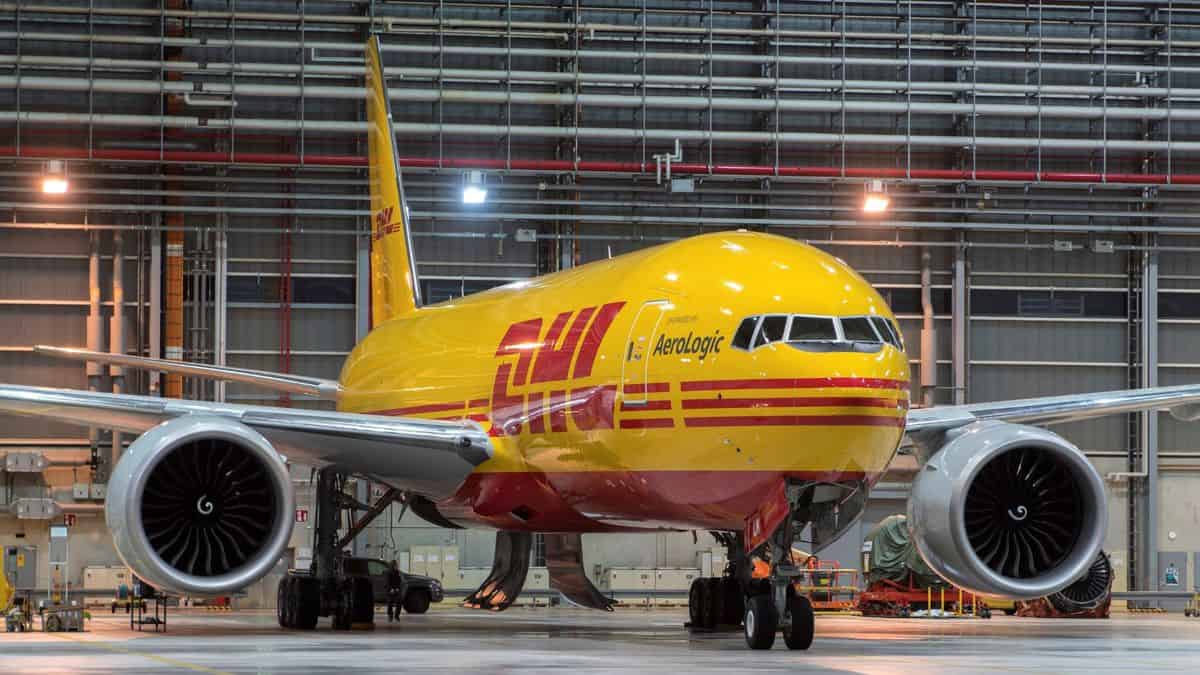
DHL Express hikes US tariff rates 7.9%
16-11-2023 (Says FreightWaves)Increase takes effect Jan. 1, applies to international services billed to US accounts.
DHL Express, the international air express unit of German conglomerate Deutsche Post DHL (NASDAQ: DPSGY), said Friday it will raise tariff rates by 7.9% on all U.S. shipments, effective Jan. 1.
The increase will apply to all international shipments to and from the U.S. that are billed to U.S. accounts, the unit said.
DHL Express does not operate within the domestic U.S.
Increase takes effect Jan. 1, applies to international services billed to US accounts.
DHL Express, the international air express unit of German conglomerate Deutsche Post DHL (NASDAQ: DPSGY), said Friday it will raise tariff rates by 7.9% on all U.S. shipments, effective Jan. 1.
The increase will apply to all international shipments to and from the U.S. that are billed to U.S. accounts, the unit said.
DHL Express does not operate within the domestic U.S. market with the exception of a limited number of domestic products available at retail points of sale. DHL Express ceased domestic U.S. operations in January 2009. Since then, it uses the U.S. market solely to support international air operations.
The increase surpasses the 6.9% general rate increases (GRI) announced in the past couple of months by FedEx Corp. (NYSE: FDX) and UPS Inc. (NYSE: UPS).
The DHL Express move will not have nearly the significance of the FedEx and UPS actions because DHL Express has a relatively small U.S. footprint.
The GRI increases are considered symbolic because they apply to published rates and virtually all shipper-carrier relationships are governed by contracts. However, the level of contract rate increases, and the discounts negotiated off of those increases, are generally pegged to actions that parcel carriers take with their GRIs. As a result, GRIs are seen as a key barometer of the rates and discounts that shippers can expect to receive in their contracts.
Satish Jindel, founder and president of ShipMatrix Inc., a consultancy, said the U.S. parcel market is currently facing stagnant demand. At the same time, carriers have committed to capacity increases that could put their networks at risk of overcapacity.
The current situation will lead to an increase in discounting for larger parcel shippers, Jindel said. Small to midsize shippers that generally don’t have the volume leverage of their larger counterparts need to be cautious in order to avoid paying higher rates as well.